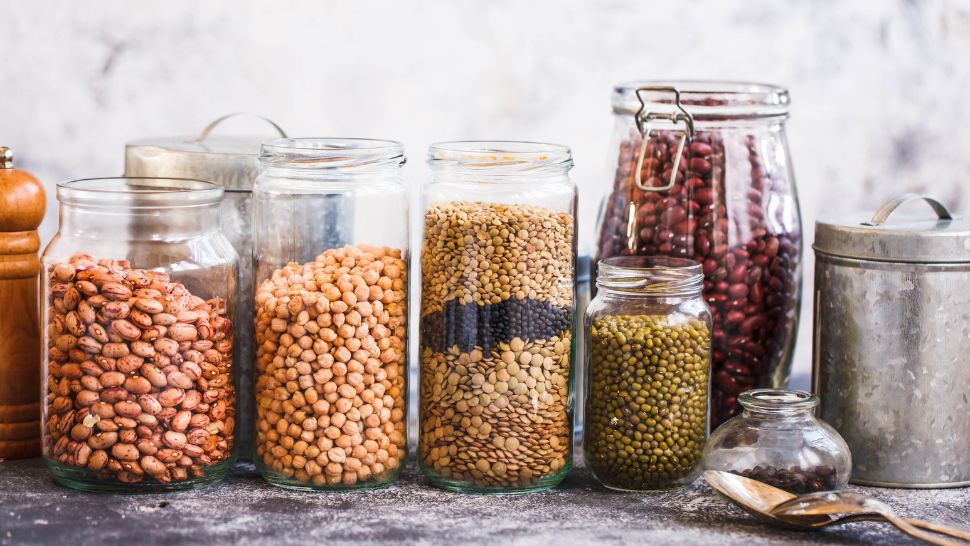
Think many “health” foods put a strain on your wallet? You’re not alone. Between $10 green juices and $8 bags of kale chips, it can feel like healthy food has become a luxury good. But you don’t have to shop at fancy health food stores or drink a daily kombucha to nourish your body. In fact, some of the most humble foods — beans, lentils, greens, and whole grains — pack in a lot of nutrients for low cost. With a little planning and a few simple swaps, wholesome meals become accessible to any budget.
- Give beans a chance. Eat vegetarian for at least one meal per day. Beans, lentils, tofu, and other vegetarian protein sources are far less expensive than meat, poultry, and fish.
- Cook in season. Locally grown and seasonal vegetables are more economical than purchasing out-of-season varieties that must travel thousands of miles. Think winter squash in January and tomatoes in August. Added bonus: seasonal produce tastes better and usually offers the most nutrients at peak ripeness.
- Chill out. If you absolutely must have blueberries in January, buy them frozen (or better yet – freeze them yourself during peak season). They are picked at their peak and flash frozen, so they offer the same nutritional value as fresh at half (or even less) the price.
- Be preppy. If you enjoy getting busy in the kitchen, skip the pre-chopped or pre-marinated items and do some of the prep yourself. You are paying a pretty penny when someone else is doing the work, so try doing it at home with a knife and a whisk.
- Waste not, want not. Think through ways to keep food out of the waste basket:
- Plan your meals and shop from a list for the week.
- Roast a whole chicken for one meal, use the leftovers for a second meal, and then use the bones to make broth.
- Use all parts of the vegetable. Add beet greens to a pasta dish or soup and use vegetable scraps to make homemade vegetable broth. (Pro tip: Keep scraps and trimmings in a bag in your freezer until you have enough to make stock.)
- Freeze fruits and vegetables that you won’t eat before they expire or use them in smoothies.
- Cook up a pot of soup that can be frozen.
- Think ahead! Not in the mood for the same exact meal? Bulk prepare your protein or vegetables and use them as components in meals throughout the week. Start with your protein or vegetable as an entree or side, then use leftovers to top a salad, mix into a grain bowl, and included in a wrap. Check out these recipes for inspiration to repurpose your everyday leftovers.
Don’t let marketing impact your wallet! High-dollar foods that make claims like all natural, GMO free, and gluten-free aren’t always better for you. Some of these labels, like organic, offer many environmental benefits, but do not provide more nutrients. Additionally, the premium charged for many gluten-free specialty products is only beneficial to those sensitive or intolerant to gluten. So, be wary of health claims that may lead to a higher price tag and choose wisely.
Eating healthy doesn’t have to break the bank. Keep things simple and get back to basics. The latest exotic (and often expensive) superfood isn’t going to change your life overnight, so beware of grandiose claims and know that eating balanced meals and snacks filled with whole foods is your best bet for both your body and your wallet!